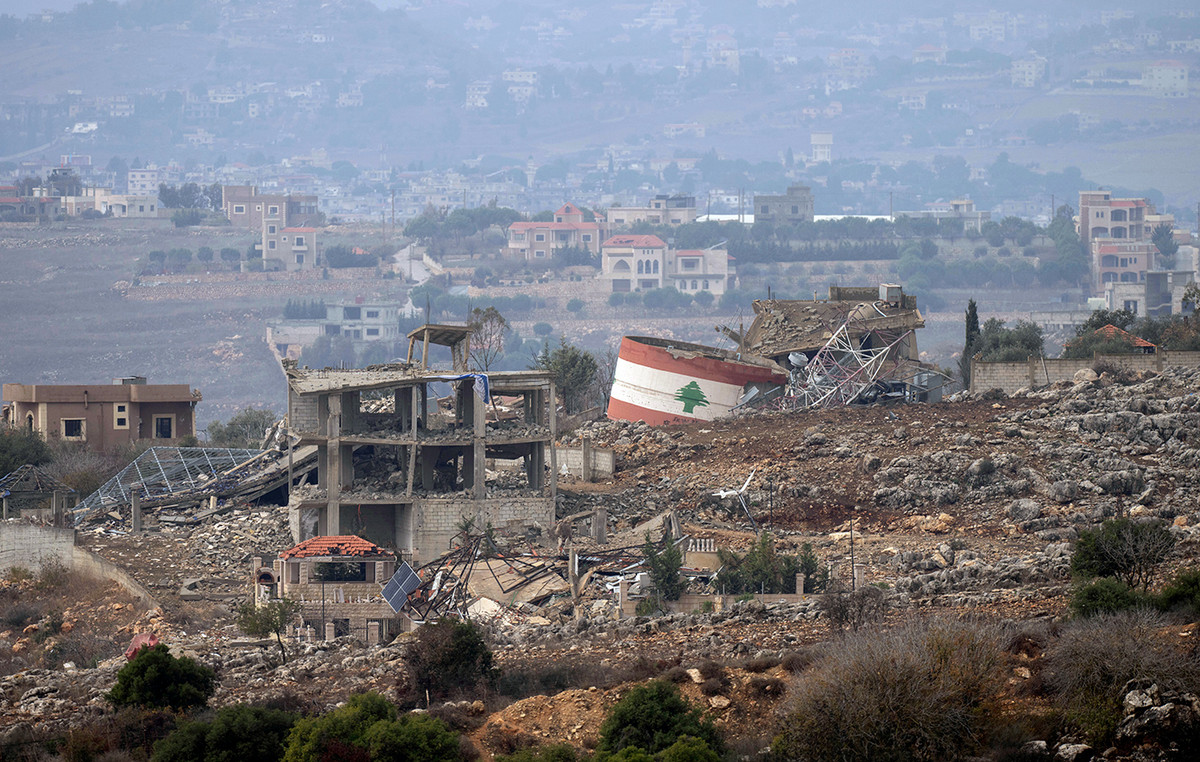Few countries in the world are as prepared for an attack from Iran as Israel, given its military arsenal and the experience it has dealing with attacks by radical Islamic groups linked to the Islamic Republic, such as Hamas and Hezbollah.
Israel's best-known air defense mechanism is the Iron Dome, a short-range system that has intercepted thousands of rockets fired by Hamas and Hezbollah in recent years.
The Iron Dome's success rate is 90%, according to its manufacturer. This week, Israel also debuted the maritime version of the system, the C-Dome, to intercept a drone launched by Yemeni Houthi rebels.
Still, the Iron Dome has its limitations: some of its interceptor rockets have already been attacked in the skies, and it, it is emphasized, is better suited to stopping short-range shots, as its radar has a range of 4 at 70 km.
To deal with medium and long-range missiles or drones, which were being fired by Iran this Saturday (13), Israel installed the Funda de Davi system in 2017, with a range of up to 300 km.
“David’s Funda system is capable of intercepting missiles fired at Israel by enemy countries, such as Iran and Syria,” the country’s armed forces said in a statement at the time of the mechanism’s introduction.
Iron Dome: the four points of the system
The system consists of a mobile defense made up of 10 artillery batteries, each carrying three to four missile launchers maneuverable by the Israeli military, providing defense against rockets, mortars and drones.
There are four central points in the system (see illustration below) :
- Detection: The Iron Dome radar identifies an approaching rocket within a radius of up to 70 km from the artillery battery and sends information about the projectile's path to the system's command and control center;
- Forecast: At the center, a calculation is made to locate a possible impact in order to predict whether there is a risk of the rocket hitting inhabited areas of Israeli territory;
- Assessment: The Iron Dome is designed to act against shots that pose a threat to urban areas and infrastructure in the country. Thus, rockets identified as likely to land in unpopulated areas or at sea are ignored;
- Interception: If a risk to Israeli civil infrastructure or populated areas is identified, the system fires a missile to destroy the rocket in mid-air.

Other systems
In addition to the famous Iron Dome and David's Sling, Israel also has anti-ballistic missile systems, such as the Arrow 2 and Arrow 3, capable of intercepting attacks at a range of almost 2,500 km.
The Israel Defense Forces also operate American-made Patriot air defense systems, which have a range of intercepting attacks within 160 km and are used against Russian hypersonic missiles in Ukraine.
Israel is also able to mobilize its air force, which includes US-made F-15 and F-16 jets and highly advanced fifth-generation fighter jets. All aircraft can be equipped with air-to-air missiles, capable of shooting down drones or missiles.
Source: CNN Brasil
Bruce Belcher is a seasoned author with over 5 years of experience in world news. He writes for online news websites and provides in-depth analysis on the world stock market. Bruce is known for his insightful perspectives and commitment to keeping the public informed.







